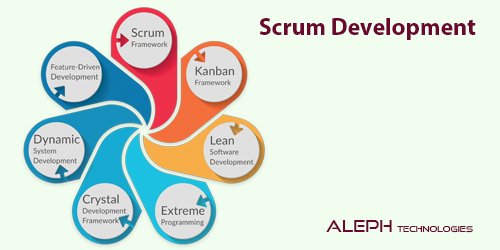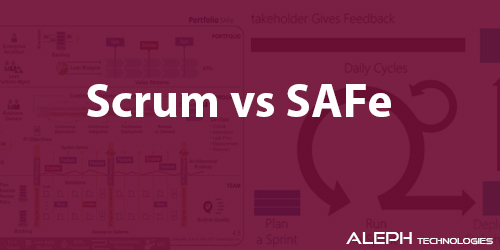Why Release Management Matters in Agile Projects 🚀
Releases should ideally be seamless events, but in many projects, they become significant milestones that impact decision-making for individuals with limited understanding of the release process.
This is often due to two key challenges:
Infrequent Releases: Releases are not frequent enough, leading to a rush to include all changes before the next release, making them substantial events.
Complexity of Releases: Large releases require extensive preparation, making it difficult to predict readiness and timing accurately.
Imagine a bus overloaded with passengers; it moves slowly and cautiously, stopping frequently to accommodate new passengers or drop off existing ones. Similarly, large releases slow down the development process and hinder predictability.
The best approach to manage releases effectively is by empowering teams to break down features into smaller increments and release completed stories regularly, even if they are toggled off initially. 🛠️
This requires:
Empowered Feature Teams: Teams should own end-to-end development and ensure compatibility with other systems in the pipeline. 💪
Robust CI/CD Practices: Implementing strong Continuous Integration and Continuous Deployment practices reduces overheads and boosts confidence in releasing, thanks to automated testing. 🤖
I've experienced projects where we released multiple times daily without dedicated release management. Automation and solid CI/CD practices ensured smooth releases without disruptions. 🌟
Agile Release Trains (ARTs) Require Effective Release Management Across Projects 🚄
Managing release trains involves extensive collaboration and coordination, especially when multiple projects and ARTs are involved. SAFe emphasizes release management to align various projects and ensure progress towards business goals.
Multiple ARTs are managed via Portfolio Epics, capturing the scope of projects. However, assessing progress accurately can be challenging due to the scale of Epics. SAFe recommends metrics like feature cycle time and team self-assessments to evaluate progress.
Release Management Abstract: 📦
Release management is vital for planning, managing, and governing solution releases. It guides the value stream towards business objectives, coordinates activities for stakeholders, and ensures governance elements like quality are upheld during deployment. 🌐
Learn more about Release Management:
Related posts
-

Scrum Development: A Comprehensive Overview 🚀
Mar 25, 2024 -

Understanding Scaled Agile (SAFe) and Disciplined Agile Delivery (DAD)
Mar 25, 2024 -

Scrum vs SAFe: Unveiling the Differences 🔄
Mar 25, 2024 -

Unlocking Business Agility with SAFe: A Comprehensive Guide 🚀
Mar 25, 2024

Please login to check comments